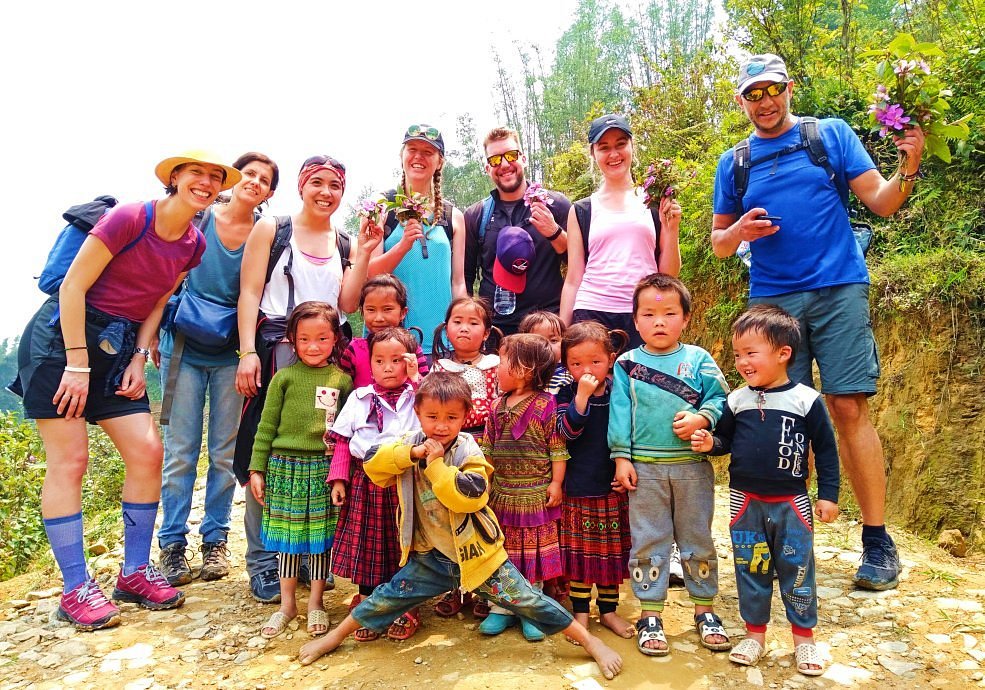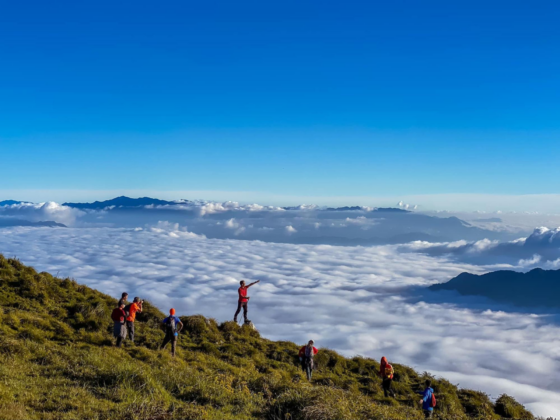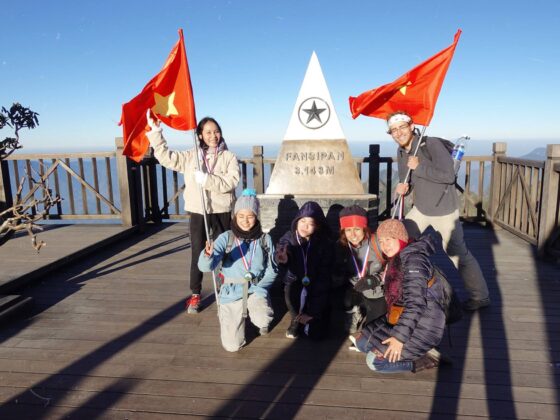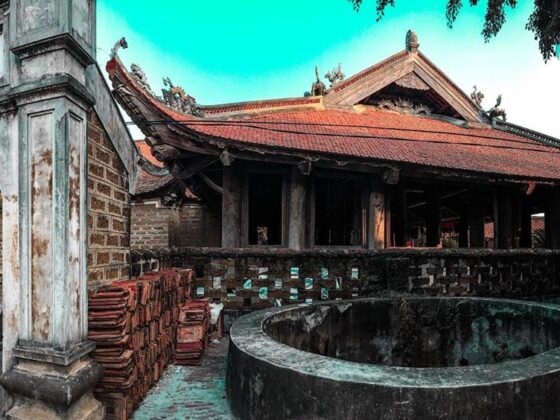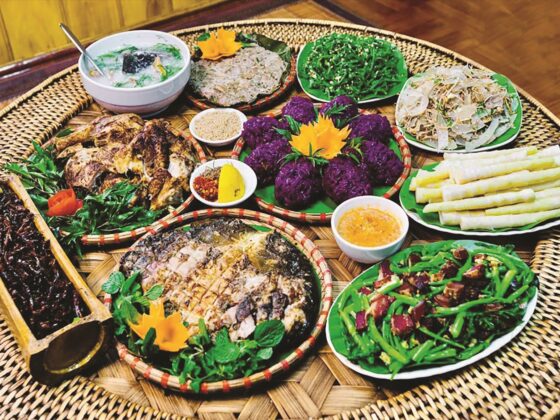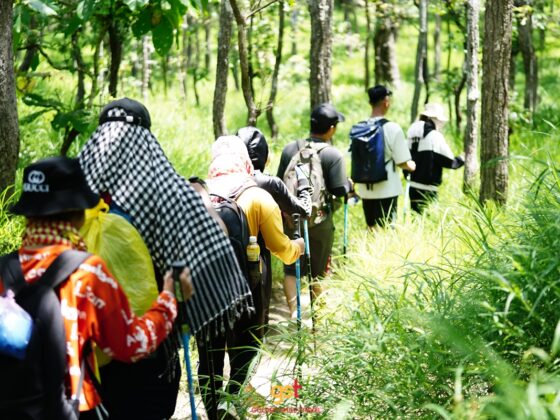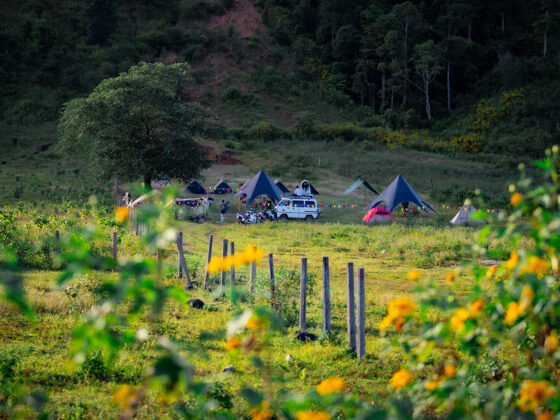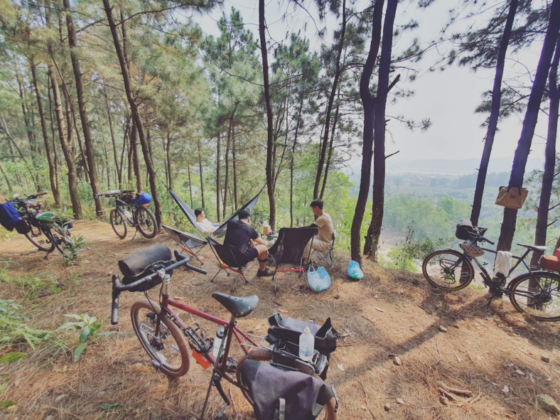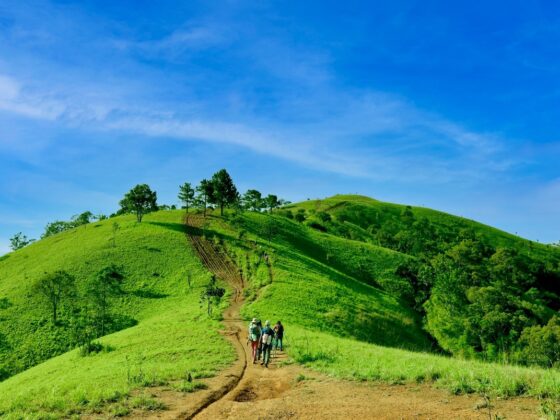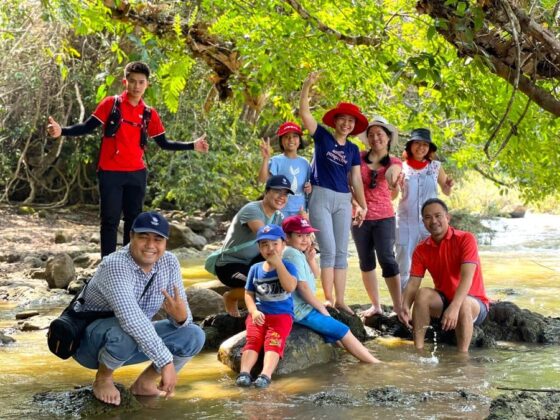Table of Contents Show
Vietnam is a land of breathtaking landscapes and rich cultural heritage, making it a prime destination for trekkers seeking adventure and connection. From the terraced rice fields of Sapa to the lush jungles of Phong Nha, each region boasts unique customs and traditions. As outdoor enthusiasts, it’s essential to navigate these cultural nuances to foster respectful interactions with local communities. Here’s a guide to help you embrace the spirit of Vietnam while trekking, emphasizing proper Vietnam trekking etiquette.
Read more interesting posts here:
- A Guide to Healing Hikes in Vietnam: Finding Wellness on the Trail
- Screens & Scenery: A Mindful Guide to Hiking with Technology
- Ready, Set, Track: A Fun Guide to Outdoor Fitness Challenges
Greetings and politeness: Essential Vietnam trekking etiquette
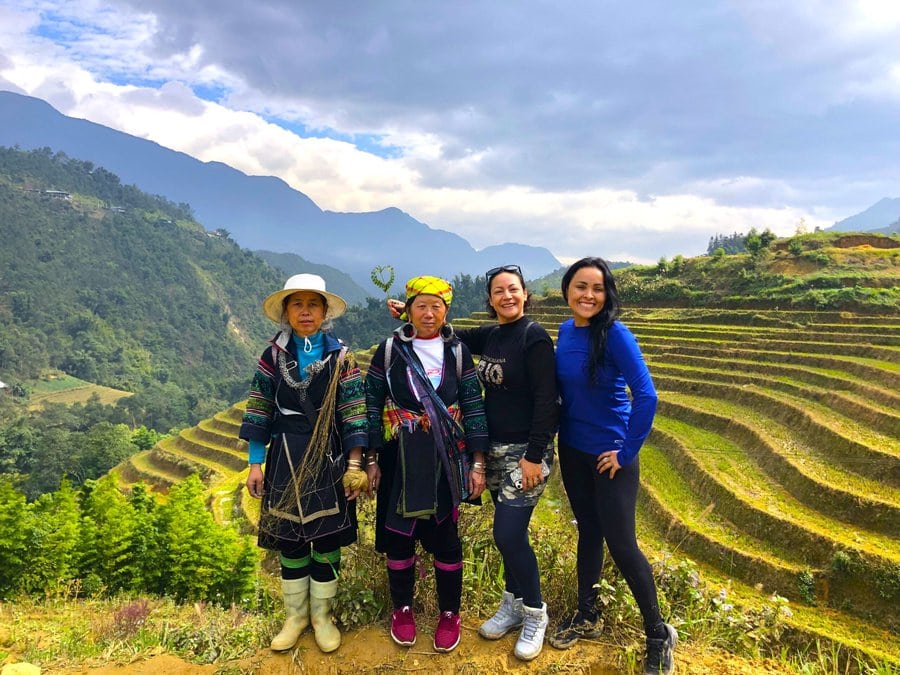
When trekking in Vietnam, a simple greeting can go a long way. The Vietnamese are known for their warm hospitality, and acknowledging locals with a friendly “Xin chào” (hello) can create a positive atmosphere. In more remote areas, you might encounter ethnic minority groups such as the Hmong or Dao. Learning a few basic phrases in their languages or simply smiling can break the ice and show respect for their culture, a key aspect of Vietnam trekking etiquette.
Politeness is highly valued in Vietnamese society. When interacting with locals, use both hands when giving or receiving items, as this gesture signifies respect. Additionally, avoid pointing directly at people, which can be considered rude; instead, use your whole hand to gesture. These small actions are fundamental to good Vietnam trekking etiquette.
Dress modestly: A crucial part of Vietnam trekking etiquette
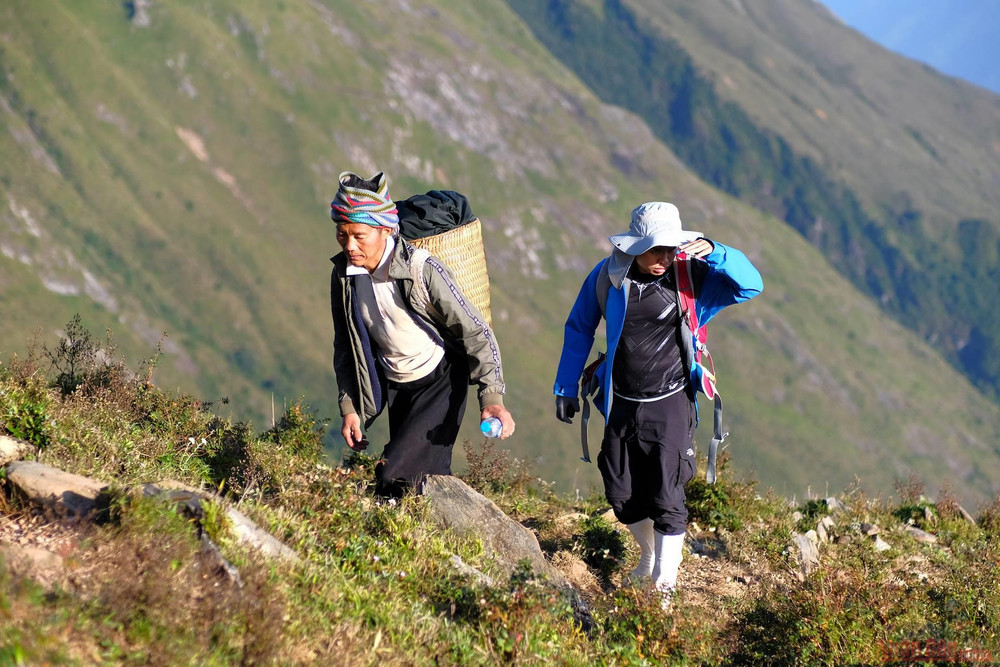
Vietnamese culture emphasizes modesty, especially in rural areas. While trekking, opt for comfortable but respectful clothing. Avoid shorts that are too short or tank tops when visiting villages or temples. Loose-fitting, breathable fabrics are ideal for trekking while ensuring you remain respectful of local customs. When visiting temples or sacred sites, wearing long pants and covering your shoulders is essential, reflecting appropriate Vietnam trekking etiquette.
Asking for permission
When trekking through villages or near private property, always ask for permission before taking photos of people or their homes. Many locals appreciate being asked and may even pose for a photo if approached respectfully. However, some may prefer not to be photographed, so it’s vital to be sensitive to their wishes. This practice is a cornerstone of good Vietnam trekking etiquette.
Engaging with local communities: Enriching your Vietnam trekking etiquette
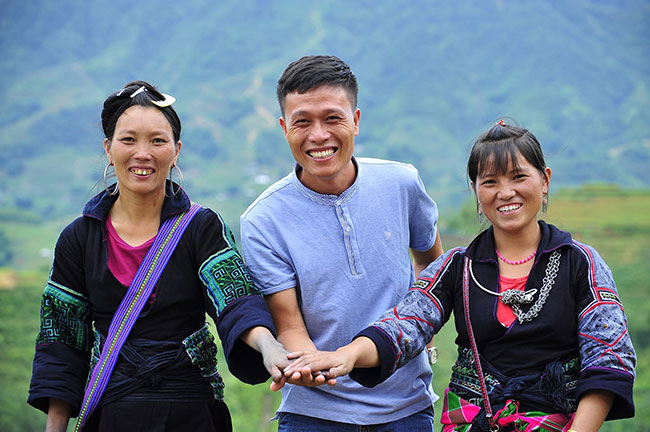
If you have the opportunity to engage with local communities, such as sharing a meal or participating in traditional activities, embrace it! Food is a significant part of Vietnamese culture, and sharing a meal can be a powerful way to connect. However, remember to wait for your host to invite you to start eating, as this shows respect.
When participating in cultural activities, such as traditional dances or crafts, approach them with an open heart and mind. Show genuine interest and appreciation; this not only enhances your experience but also honors the traditions of the community, furthering your understanding of Vietnam trekking etiquette.
Understanding local customs: Deeper Vietnam trekking etiquette
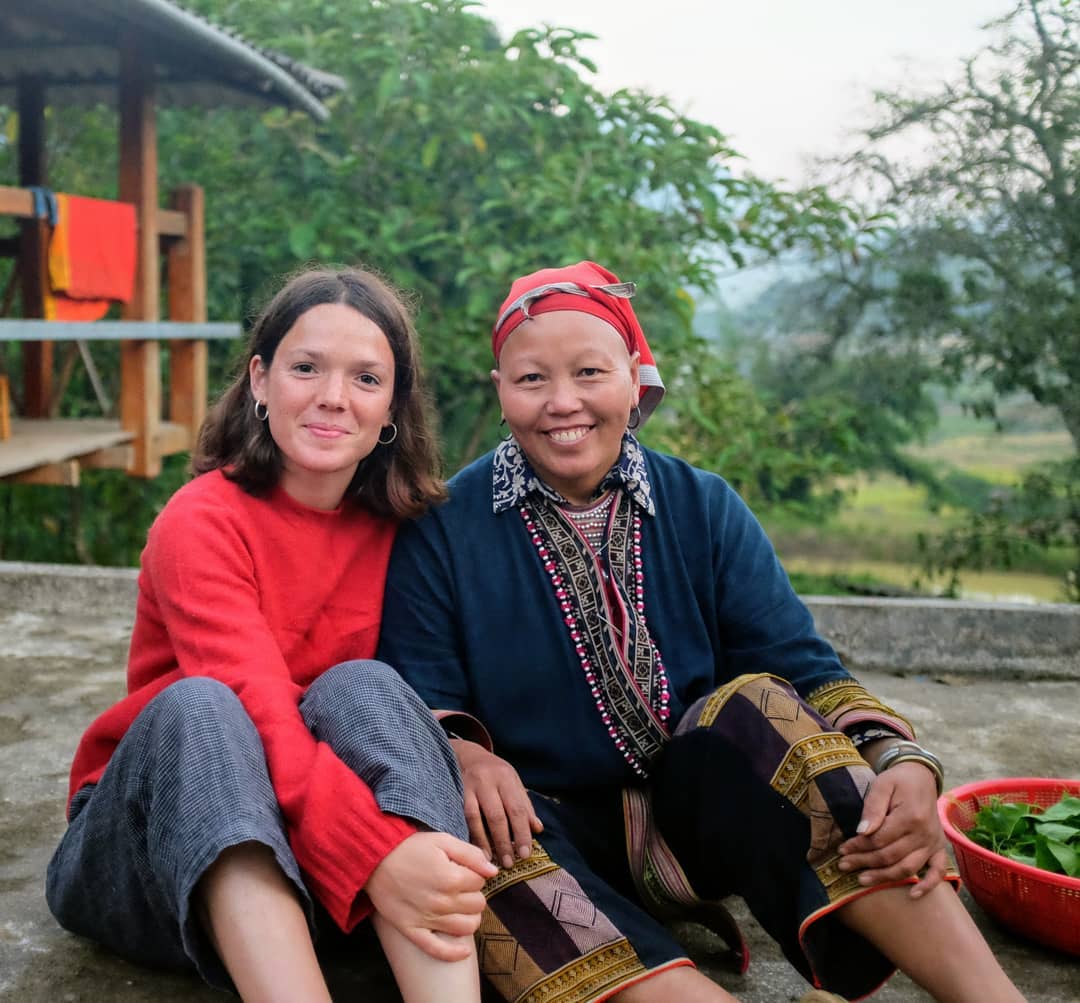
Each ethnic group in Vietnam has its own customs and traditions. For instance, the Hmong people often have distinct dress codes, with colorful traditional clothing. When trekking in areas inhabited by these communities, take time to learn about their customs and practices. This knowledge can enrich your experience and foster a deeper connection with the locals, demonstrating advanced Vietnam trekking etiquette.
Additionally, be mindful of cultural taboos. For example, in many cultures, it’s considered inappropriate to touch someone’s head, as the head is seen as sacred. Familiarizing yourself with these customs will help you avoid unintentional offenses.
Environmental responsibility
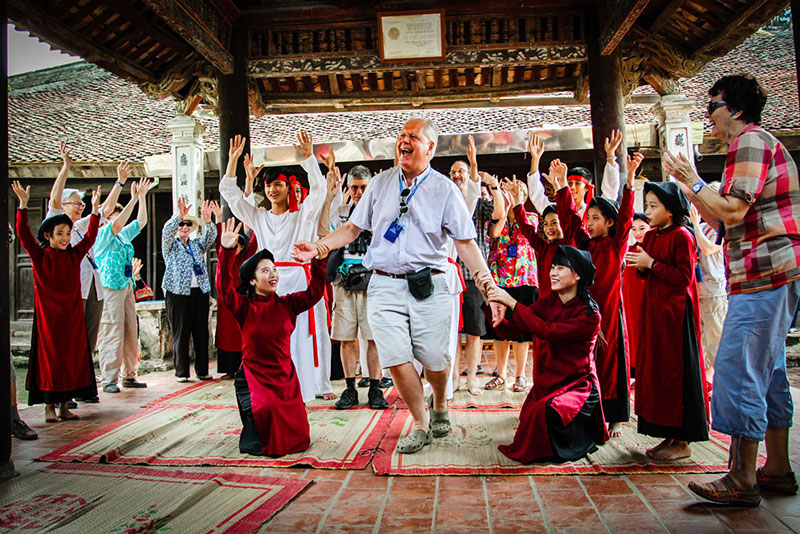
As trekkers, we have a responsibility to protect the natural beauty and cultural heritage of Vietnam. Practice Leave No Trace principles by carrying out all waste, respecting wildlife, and staying on designated trails. Engaging in eco-friendly practices reflects your respect for the environment and the communities that call these areas home, and is a vital part of Vietnam trekking etiquette.
Safety first: Integrating safety with Vietnam trekking etiquette
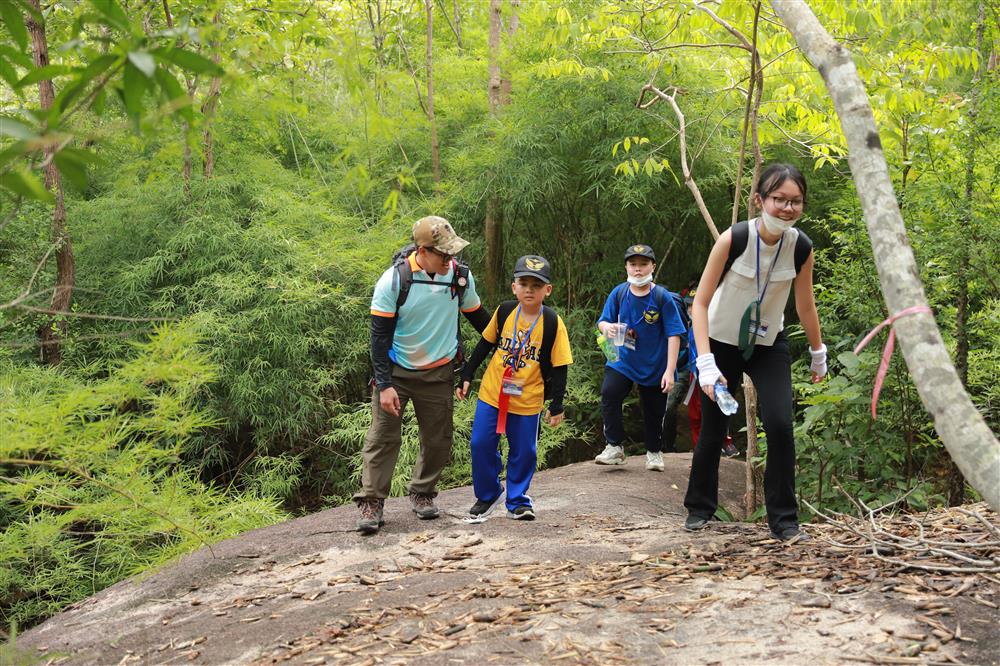
Always let someone know about your trekking trip and your plans. Informing a friend or family member of your itinerary ensures someone is aware of your whereabouts. Planning your trip wisely is also a good practice, especially if you have both offline and online maps available on the ExoTrails app.
This app features a useful tool called TrackMate, which allows people you invite to view your trail and location, adding an extra layer of safety to your adventure, all while adhering to the spirit of responsible Vietnam trekking etiquette.
Conclusion
Vietnam trekking etiquette is essential for any adventurer looking to fully immerse themselves in the country’s stunning landscapes and rich cultural tapestry. By understanding and respecting local customs and traditions, you can enhance your experience and foster meaningful connections with the people you meet along the way.
As you lace up your trekking boots and set off on your adventure, remember that every step is not just about the trail but also about the relationships you build and the respect you show for the vibrant cultures of Vietnam. Embrace the journey, and let the spirit of Vietnam guide you. A thoughtful approach to cultural interactions will make your trek truly unforgettable.
Join our vibrant community on Facebook to share your trekking stories and tips, and don’t forget to like the ExoTrails Fanpage for the latest updates and exclusive offers!
FAQs
What is the proper etiquette when visiting a Vietnamese village?
When visiting a Vietnamese village, greet locals politely, dress modestly, ask permission before taking photos, and show respect for their customs, all part of proper Vietnam trekking.
How should I dress when trekking in rural Vietnam?
Opt for comfortable, loose-fitting, and modest clothing that covers your shoulders and knees, especially when visiting villages or temples, adhering to key Vietnam trekking etiquette.
Is it rude to take pictures of people in Vietnam?
It can be considered rude to take pictures without permission; always ask respectfully before photographing individuals or their homes, a crucial aspect of Vietnam trekking.
What are the most important customs to know before traveling to Vietnam?
Key customs include greeting with “Xin chào,” using two hands for transactions, avoiding touching people’s heads, and showing respect for elders, all contributing to good Vietnam trekking etiquette.
How can I be a more responsible tourist in Vietnam?
Be a responsible tourist by practicing Leave No Trace principles, supporting local businesses, respecting cultural norms, and learning basic phrases, embodying excellent trekking etiquette in Vietnam.

